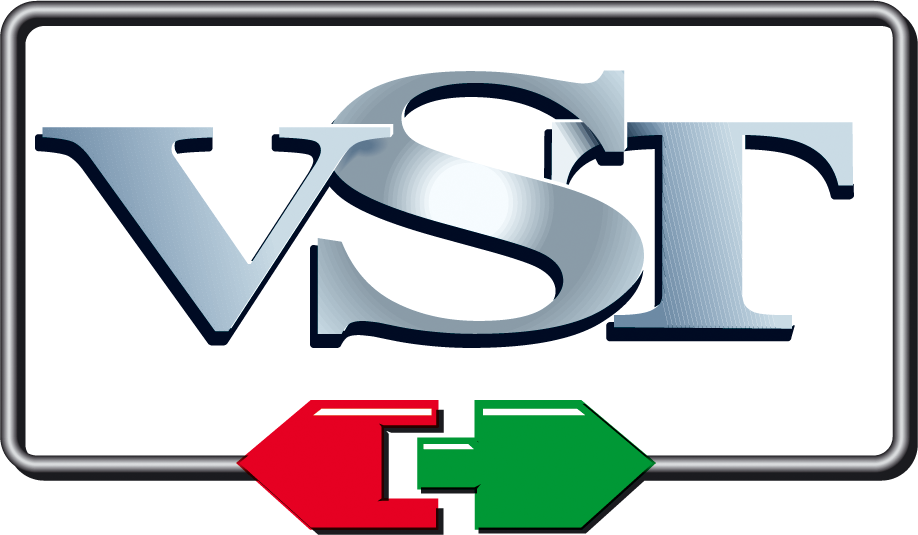|
E-mu Proteus X
E-MU Proteus X is a Virtual Sound Module produced by E-MU Systems that is a software-based audio sample-based synthesis product that includes the complete library soundest of the popular and legacy Proteus 2000 MIDI Module, as well as additional sounds/samples. Proteus X LE, Proteus VX, Proteus X, Proteus X2, Emulator X, Emulator X2 and Emulator X3 only work on an IBM compatible type PC. While they work for most people on Windows 2000, Windows XP, and Windows Vista 32-bit, all but Emulator X3 are only tested and currently supported for Windows XP. Only Emulator X3 is tested and officially supported for both XP & Vista and is the only version that works as a VSTi in x64 and DAW software. All versions of the Proteus X Software Sound Module can operate as a stand-alone program with 64-MIDI channels or as a VST VST may refer to: * Vancouver School of Theology, a theological graduate school in British Columbia, Canada * VST, Stockholm Västerås Airport in Sweden (IATA airport code) * V ... [...More Info...] [...Related Items...] OR: [Wikipedia] [Google] [Baidu] |
E-MU Systems
E-mu Systems was a software synthesizer, audio interface, MIDI interface, and MIDI keyboard manufacturer. Founded in 1971 as a synthesizer maker, E-mu was a pioneer in samplers, sample-based drum machines and low-cost digital sampling music workstations. After its acquisition in 1993, E-mu Systems was a wholly owned subsidiary of Creative Technology, Ltd.About E-MU Creative.com In 1998, E-mu was combined with Ensoniq, another synthesizer and sampler manufacturer previously acquired by Creative Technology. E-mu was last based in , on the outskirts of |
Software
Software is a set of computer programs and associated documentation and data. This is in contrast to hardware, from which the system is built and which actually performs the work. At the lowest programming level, executable code consists of machine language instructions supported by an individual processor—typically a central processing unit (CPU) or a graphics processing unit (GPU). Machine language consists of groups of binary values signifying processor instructions that change the state of the computer from its preceding state. For example, an instruction may change the value stored in a particular storage location in the computer—an effect that is not directly observable to the user. An instruction may also invoke one of many input or output operations, for example displaying some text on a computer screen; causing state changes which should be visible to the user. The processor executes the instructions in the order they are provided, unless it is instructed ... [...More Info...] [...Related Items...] OR: [Wikipedia] [Google] [Baidu] |
Sound
In physics, sound is a vibration that propagates as an acoustic wave, through a transmission medium such as a gas, liquid or solid. In human physiology and psychology, sound is the ''reception'' of such waves and their ''perception'' by the brain. Only acoustic waves that have frequencies lying between about 20 Hz and 20 kHz, the audio frequency range, elicit an auditory percept in humans. In air at atmospheric pressure, these represent sound waves with wavelengths of to . Sound waves above 20 kHz are known as ultrasound and are not audible to humans. Sound waves below 20 Hz are known as infrasound. Different animal species have varying hearing ranges. Acoustics Acoustics is the interdisciplinary science that deals with the study of mechanical waves in gasses, liquids, and solids including vibration, sound, ultrasound, and infrasound. A scientist who works in the field of acoustics is an ''acoustician'', while someone working in the field of acoustica ... [...More Info...] [...Related Items...] OR: [Wikipedia] [Google] [Baidu] |
Sample-based Synthesis
Sample-based synthesis is a form of audio synthesis that can be contrasted to either subtractive synthesis or additive synthesis. The principal difference with sample-based synthesis is that the seed waveforms are sampled sounds or instruments instead of fundamental waveforms such as sine and saw waves used in other types of synthesis. History Before digital recording became practical, instruments such as the Welte (1930s), phonogene (1950s) and the Mellotron (1960s) used analog optical disks or analog tape decks to play back sampled sounds. When sample-based synthesis was first developed, most affordable consumer synthesizers could not record arbitrary samples, but instead formed timbres by combining pre-recorded samples from ROM before routing the result through analog or digital filters. These synthesizers and their more complex descendants are often referred to as ROMplers. Sample-based instruments have been used since the Computer Music Melodian, the Fairlight CMI an ... [...More Info...] [...Related Items...] OR: [Wikipedia] [Google] [Baidu] |
Virtual Studio Technology
Virtual Studio Technology (VST) is an audio plug-in software interface that integrates software synthesizers and effects units into digital audio workstations. VST and similar technologies use digital signal processing to simulate traditional recording studio hardware in software. Thousands of plugins exist, both commercial and freeware, and many audio applications support VST under license from its creator, Steinberg. Overview VST Plug-in (computing), plugins generally run within a digital audio workstation (DAW), to provide additional functionality, though a few standalone plugin hosts exist that support VST. Most VST plugins are either instruments (VSTi) or effects (VSTfx), although other categories exist—for example spectrum analyzers and various meters. VST plugins usually provide a custom graphical user interface that displays controls similar to physical switches and knobs on audio hardware. Some (often older) plugins rely on the host application for their user interfac ... [...More Info...] [...Related Items...] OR: [Wikipedia] [Google] [Baidu] |


